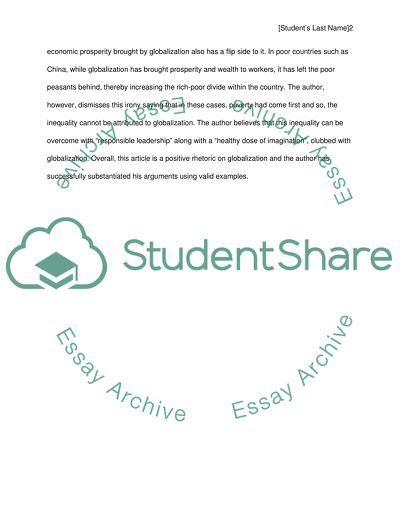Cite this document
(“Globalization Essay Example | Topics and Well Written Essays - 1000 words”, n.d.)
Retrieved de https://studentshare.org/other/1391238-globalization
Retrieved de https://studentshare.org/other/1391238-globalization
(Globalization Essay Example | Topics and Well Written Essays - 1000 Words)
https://studentshare.org/other/1391238-globalization.
https://studentshare.org/other/1391238-globalization.
“Globalization Essay Example | Topics and Well Written Essays - 1000 Words”, n.d. https://studentshare.org/other/1391238-globalization.


